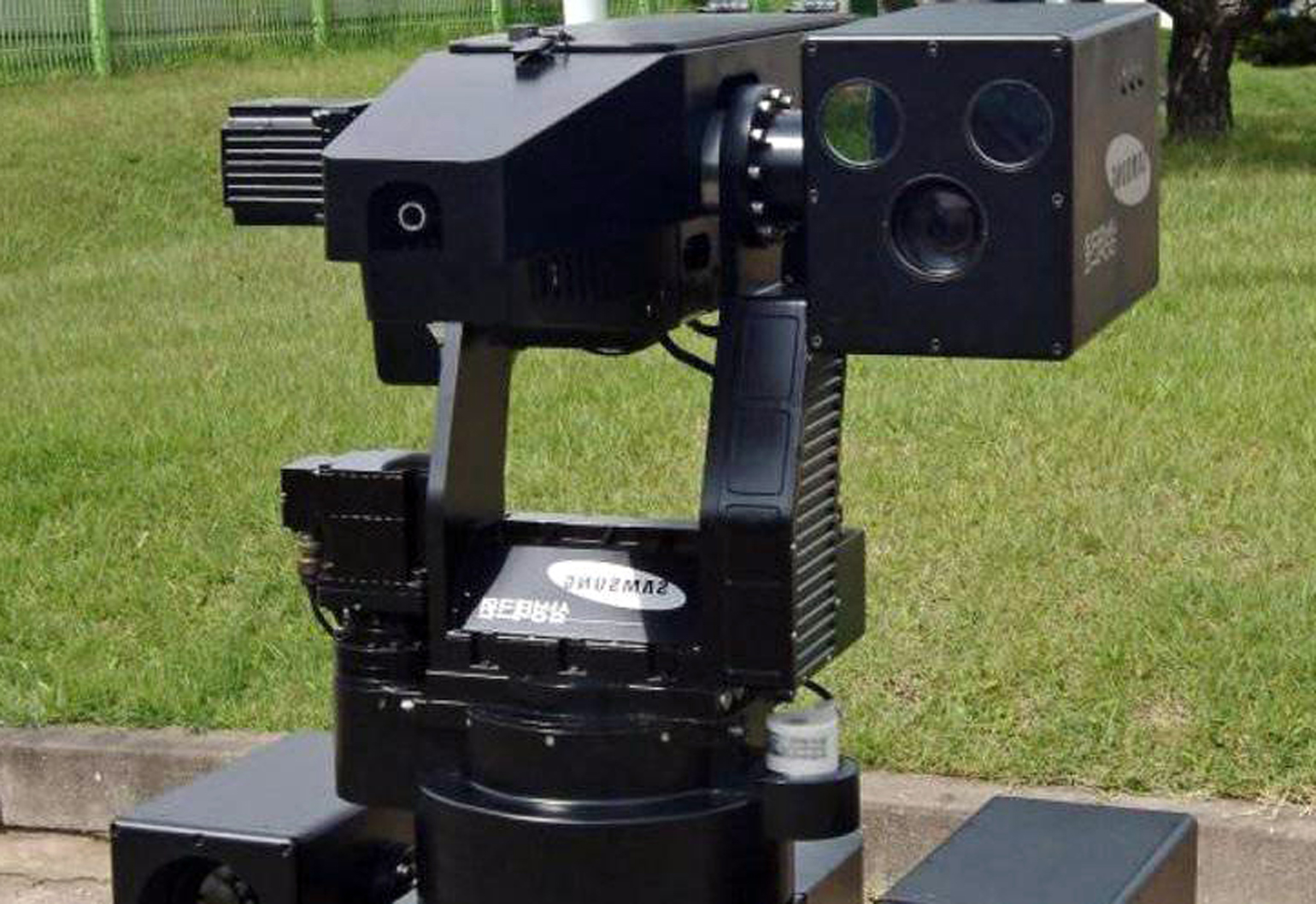The popularity of electric vehicles is on the rise, but for distances over 400 km a single charge isn’t enough. In the future, roads could do the charging for us while we drive thanks to wireless recharging.
Last year, 1.1 million electric vehicles were sold around the world, with motorists drawn to lower maintenance and running costs compared to conventional vehicles.
At the moment, the majority of electric vehicles can travel between 160 and 400 km on a single charge, but US researchers are working to stretch this out to thousands of kilometres with wireless charging technology that could be installed in future road infrastructure.
“We’d like to enable electric vehicles to charge on the go,” said Assistant Professor Khurram Afridi from Colorado University Boulder’s Department of Electrical, Computer and Energy Engineering.
A powerful challenge
Wirelessly charging a car is no small feat. While a smartphone requires 4 W of power, and a laptop 100 W, electric vehicles need a lot more juice. A level 3 (three phase) car charging station delivers 25 kW, although some vehicles can be charged more slowly using level 1 or 2 DC charging stations.
Another challenge the developers faced was using electric, rather than magnetic, fields in the charging technology. Using electric fields means the technology could be more directed as electrical fields travel in straight lines, whereas magnetic fields form a looped pattern. However, the large air gap between the road surface and the car made this difficult.
“Everybody said that it’s not possible to transfer that much energy through such a small capacitance,” Afridi said.
“But we thought, ‘What if we increase the frequency of the electric fields?’.”
Afridi tested his scaled down system by using parallel metal plates 12 cm apart. Two plates on the bottom represented the roadway, and the two top plates represented the charging plates in the electric car.
The team were successful in wirelessly transmitting kilowatts of power at megahertz frequencies between the plates.
“When we broke the thousand-watt barrier by sending energy across the 12 cm gap, we were just exhilarated. There were a lot of high fives that day,” Afridi said.
Afridi has been funded by the US Department of Energy and National Science Foundation to scale-up the prototype for application to life-sized vehicles.
In the short term, he expects the technology to be used in warehouses to wirelessly charge automated robots and forklifts. On a larger scale, Afridi believes the technology could be incorporated into road infrastructure, with dedicated recharging lanes on highways.
He added this could help reduce the cost of electric vehicles, as readily available recharging options mean cars can carry smaller onboard batteries.
Australia not ready for electric cars
While we wait for wireless car charging technology to be rolled out, there is a need to increase the number of charging stations in Australia to prepare for the overseas trend towards electric vehicles.
Manufacturers such as General Motors and Ford, who no longer have a local car manufacturing presence in Australia, have committed to transitioning their fleets to electrical power by the middle of the next decade.
According to a 2017 report by the NRMA and Electric Vehicle Council, Australia is in danger of being unprepared for the influx of electric vehicles due to the small number of fast charging ports available for long trips.
Former NRMA Chairman Kyle Loades has urged state and federal governments to increase the number of charging stations, which he said will increase the confidence of Australians considering purchasing electric vehicles.
“We know that people are very nervous when [charging stations] aren’t there right now because the concern is ‘What happens if it runs flat?’,” he said.
The NRMA report found that the other major factor putting Australians off electric vehicles was price. Loades has advocated for government incentives to increase the sales of electric vehicles in Australia, as well as abolishing the luxury car tax to make them a more affordable option.



